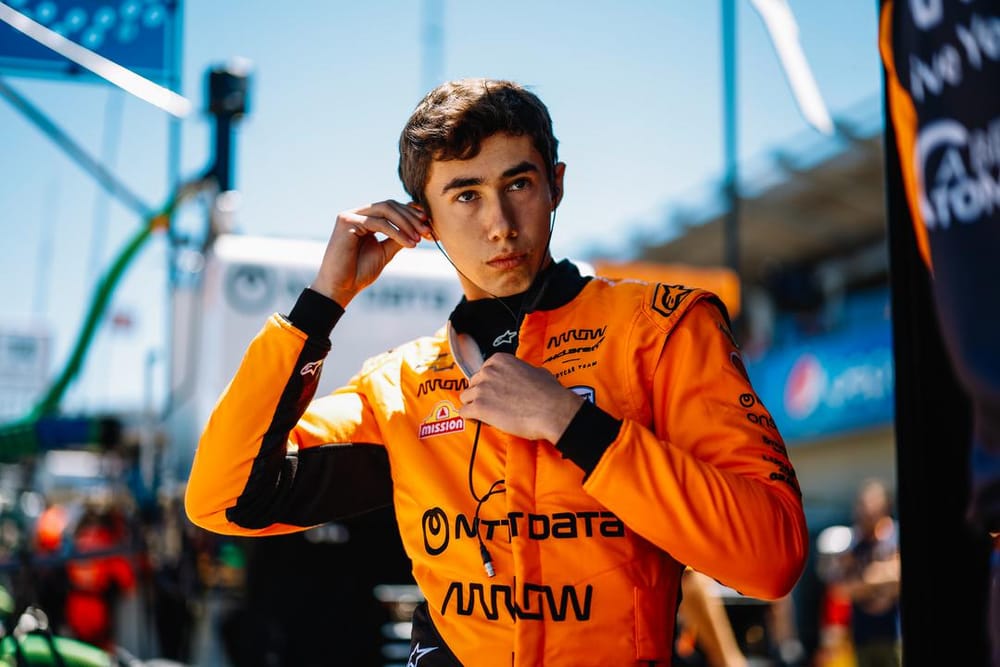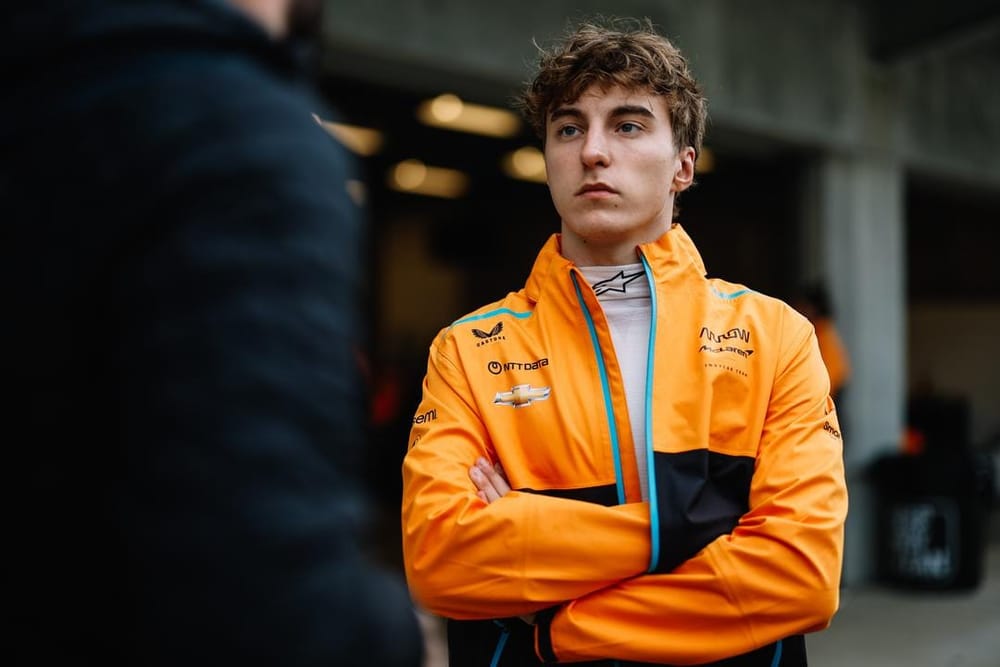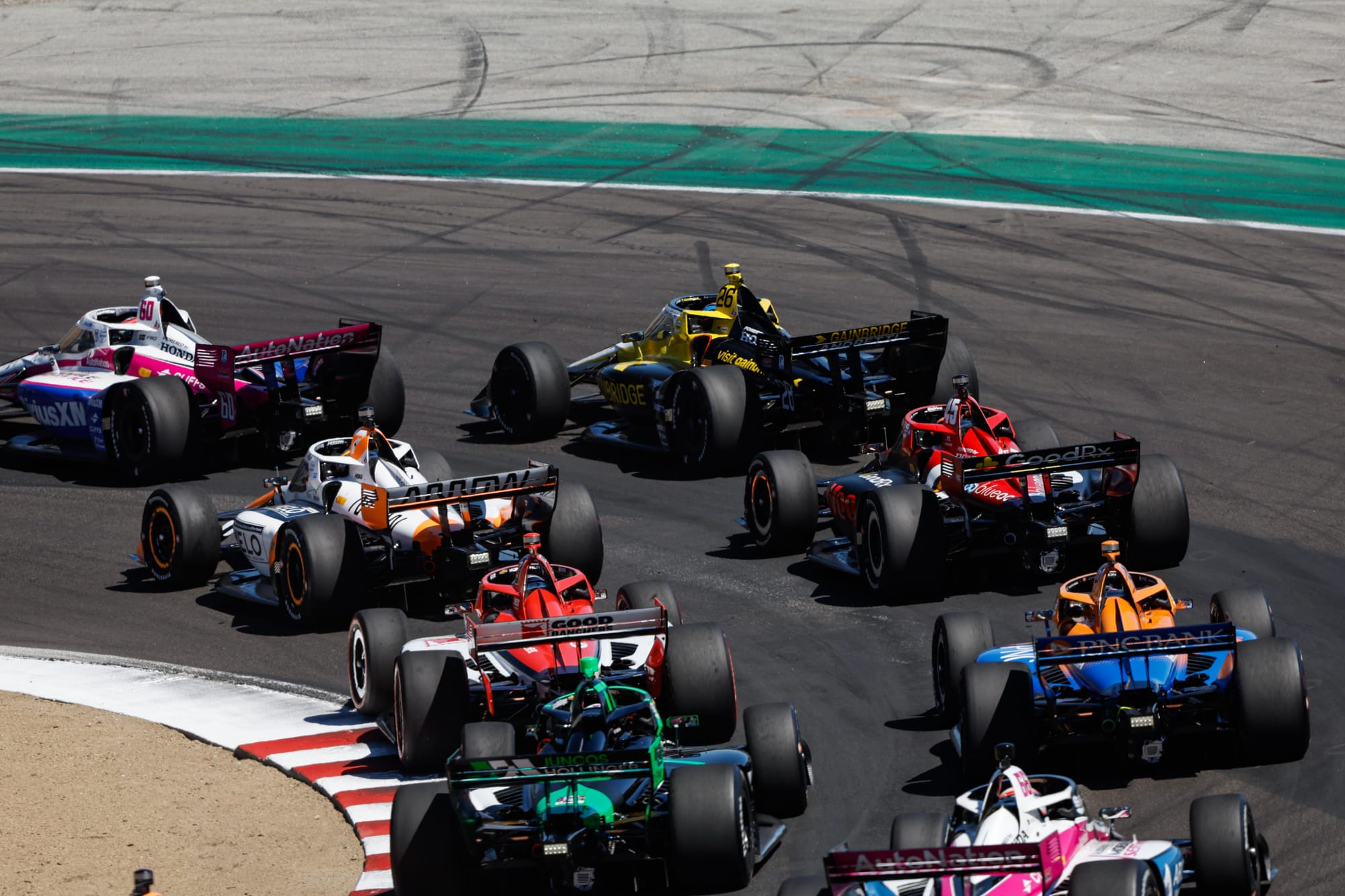Was this a perfectly acceptable IndyCar debut or an underwhelming one that combined a lack of pace with a crucial, race-defining error?
Nolan Siegel - installed at Arrow McLaren for the rest of this year and next after Theo Pourchaire, who had been signed until the end of 2024, was dropped days before last weekend’s race - was 12th on his McLaren debut, and that’s the kind of result on paper to celebrate so early on.
After all, Pourchaire was 11th on his IndyCar debut at Long Beach earlier this year.
However, Siegel’s race was by no means straightforward. So let’s dig into it and see what lessons we can glean from another controversial McLaren signing who unseated the reigning Formula 2 champion without so much as a title on his own CV.
What happened in Siegel's race
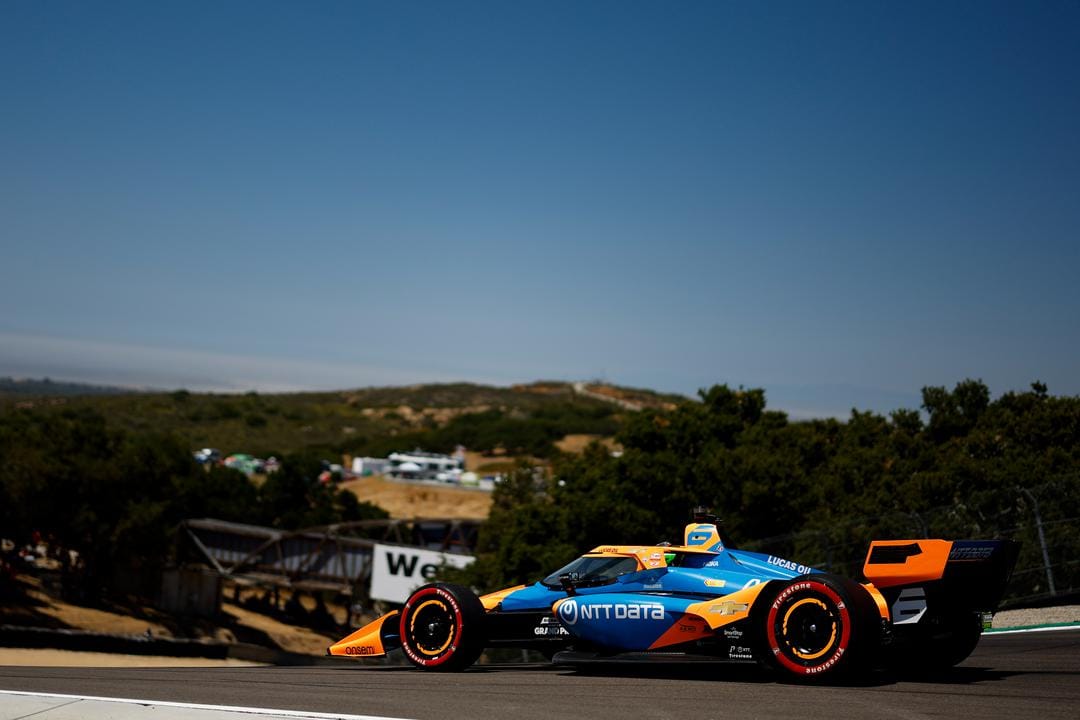
Siegel was last in first practice, second to last in second practice, and failed to graduate from his group in qualifying, where he was eight and a half tenths off doing so. That left him starting 23rd.
Coincidentally the last driver progressing from that first group in qualifying was David Malukas, who was dropped by McLaren while recovering from a fractured wrist, and who qualified 12th on his first weekend back with that hand still in trouble.
Understandable on his McLaren debut, perhaps, but many more results like that are going to question McLaren’s decision-making even further.
At the start of the race, a tepid first lap dropped Siegel to 26th out of 27 cars, where he stayed, around 30s behind the leader, until he made his first stop on lap 20 of 95.
He wasn't the earliest to pit, but his stop was certainly earlier than many of the frontrunners'. He had spent that stint stuck behind Sting Ray Robb, who has only one top-15 finish in a year and a half of racing in IndyCar.
Siegel did finally pass Robb just before the caution on lap 36, putting him 35s off the lead. He elected not to pit while others did, meaning he took the restart 12th.
Trouble for @nolan_siegel!
— NTT INDYCAR SERIES (@IndyCar) June 23, 2024
📺: #FirestoneGP on CNBC and Peacock pic.twitter.com/0trwWuxhsd
Then came the lowest moment of Siegel's McLaren debut as he lost control over the kerbs and spun into the gravel when the race restarted. "Sorry about that. Really sorry," the 19-year-old said apologetically after his spin, almost as if he were processing the real-time reactions from the watching world.
Siegel rejoined, albeit as the last car on the road in 26th place. He was far from the only driver to visit the gravel and made solid progress thereafter - assisted by some factors like Rinus VeeKay’s retirement and Pietro Fittipaldi’s drivethrough penalty.
He was 21st, just over a minute off the lead, when another caution came out on lap 75. He then jumped Graham Rahal and Linus Lundqvist, who had to pit, as well as the spinning Marcus Armstrong and Christian Lundgaard - adjudged to have been responsible for Armstrong's spin and handed a drivethrough as a result.
That then became 16th when Scott McLaughlin broke his suspension while attempting to overtake team-mate Will Power shortly after.
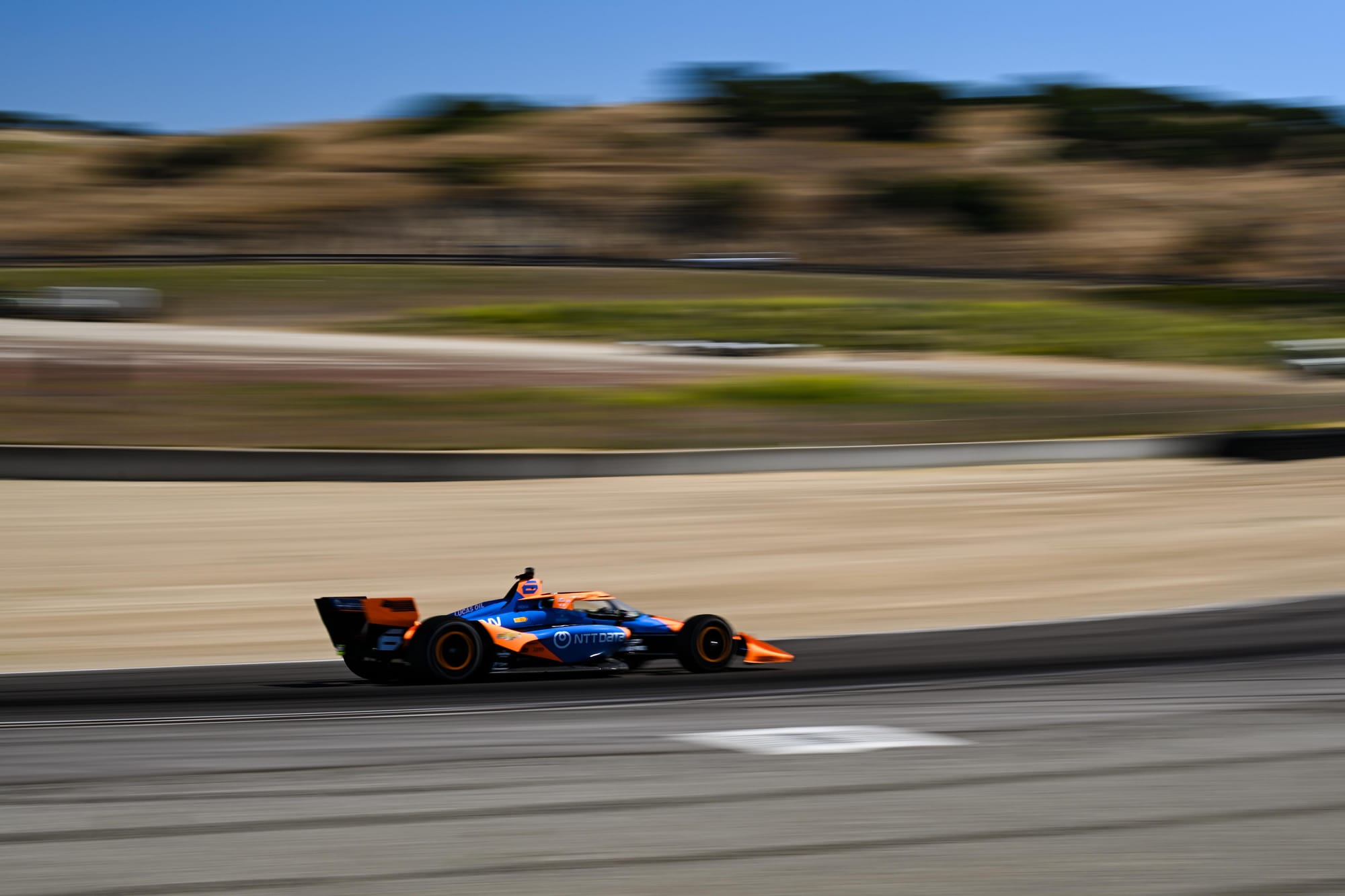
He took 15th as Malukas pitted with a puncture and then 14th from Kyffin Simpson being spun out by Agustin Canapino, who got a drivethrough and promoted Siegel again to 13th.
Newgarden’s spin on lap 92 completed the set and Siegel rose to 12th where he finished his first IndyCar race for McLaren.
He set the 16th fastest lap of the race which is impressive, although it should be noted that three drivers who finished ahead of Siegel including two in the top six had slower times - showing this was a race ruled by fuel saving.
His best outlap was only the 25th fastest and he was 26th for the best inlap, two elements of IndyCar racing that are absolutely crucial to nail.
What should we make of his performance?
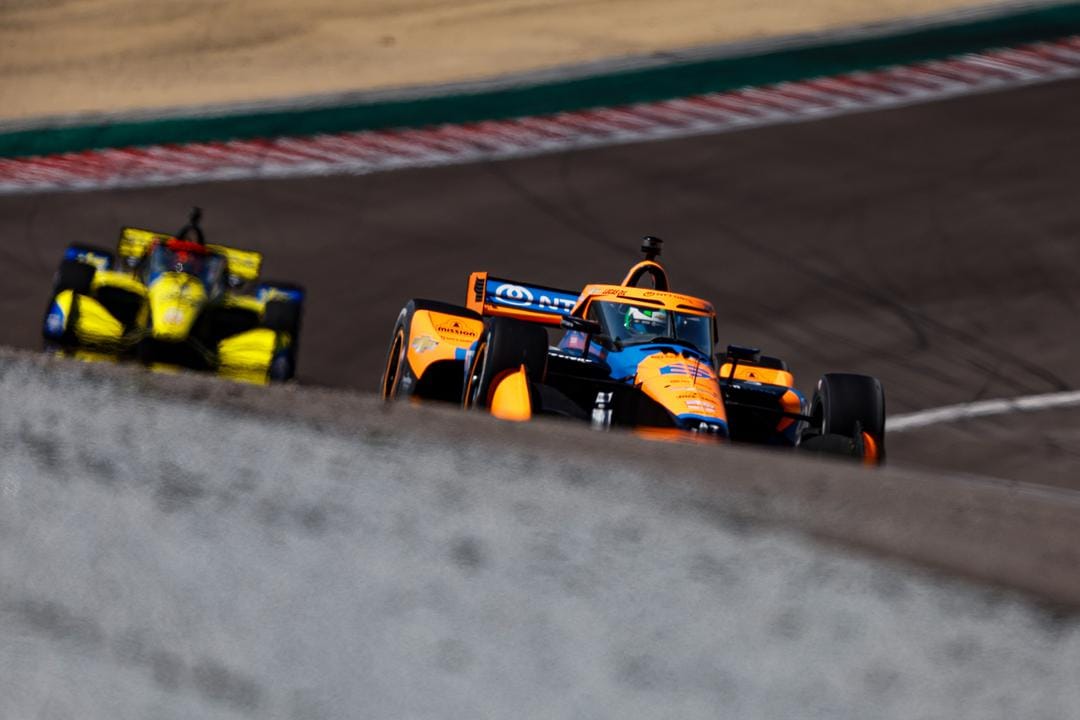
Had McLaren not dropped a prodigious driver more used to working with Formula 1 teams in his career in Pourchaire - and installed a driver with a clearly inferior resume to him in Siegel - then it’s hard to imagine we’d be critiquing Siegel’s debut for the team to this extent.
But the interest McLaren has generated in making this move was inevitably going to open Siegel up to this level of scrutiny again and again - something only heightened by rumours that his signing was partly financially motivated.
On the one hand, he spun all on his own in a crucial phase of the race (though the team’s strategy of not pitting him just before might have cost him anyway eventually) and most of his other positional gains came from other drivers being taken out or penalised.
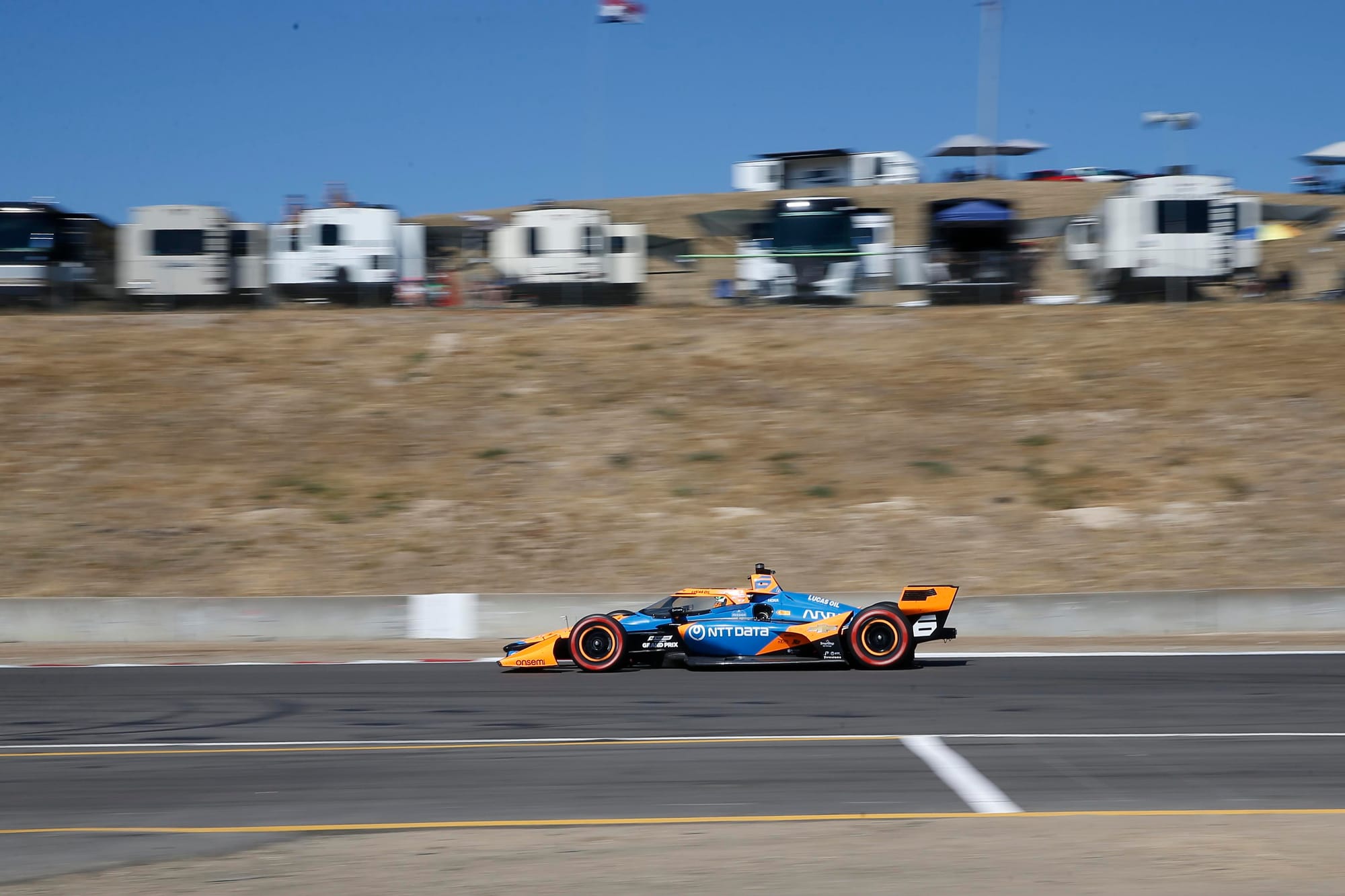
It's not like he scythed through the field with excellent overtaking and flashy pace.
On the other hand, the crashes and penalties are part and parcel of IndyCar racing and you still have to get to the end. Plus Siegel rebounded from a high-profile error to drive sensibly for the rest of the race. A lot of the race was about fuel saving and it's tough to pass at Laguna too, so it doesn't exactly open itself up to someone driving through the pack without a huge strategy offset.
In the end, Siegel delivered roughly what we’d expect from a driver with his experience.
There was no sign of any lightning pace, but this was a mostly sensible and clean drive that allowed him to learn and get to the end.
Would Pourchaire, Malukas or Callum Ilott have done better? Almost certainly yes.
Pourchaire is the most direct comparison because he only has five IndyCar starts - Siegel made his fourth this weekend if you include the Thermal non-points race - while Ilott and Malukas have two full seasons under their belts.
Pourchaire is only 15 months older than Siegel but has clearly achieved a lot and his resume tells you he was the best bet to go with.
Clearly, he didn’t quite do enough to sell McLaren on his long-term potential, otherwise it wouldn’t have torn him out to place Siegel in desperately as soon as he became available, even if it came with the rubber stamp of Tony Kanaan putting his reputation - and career - on the line to endorse Siegel.
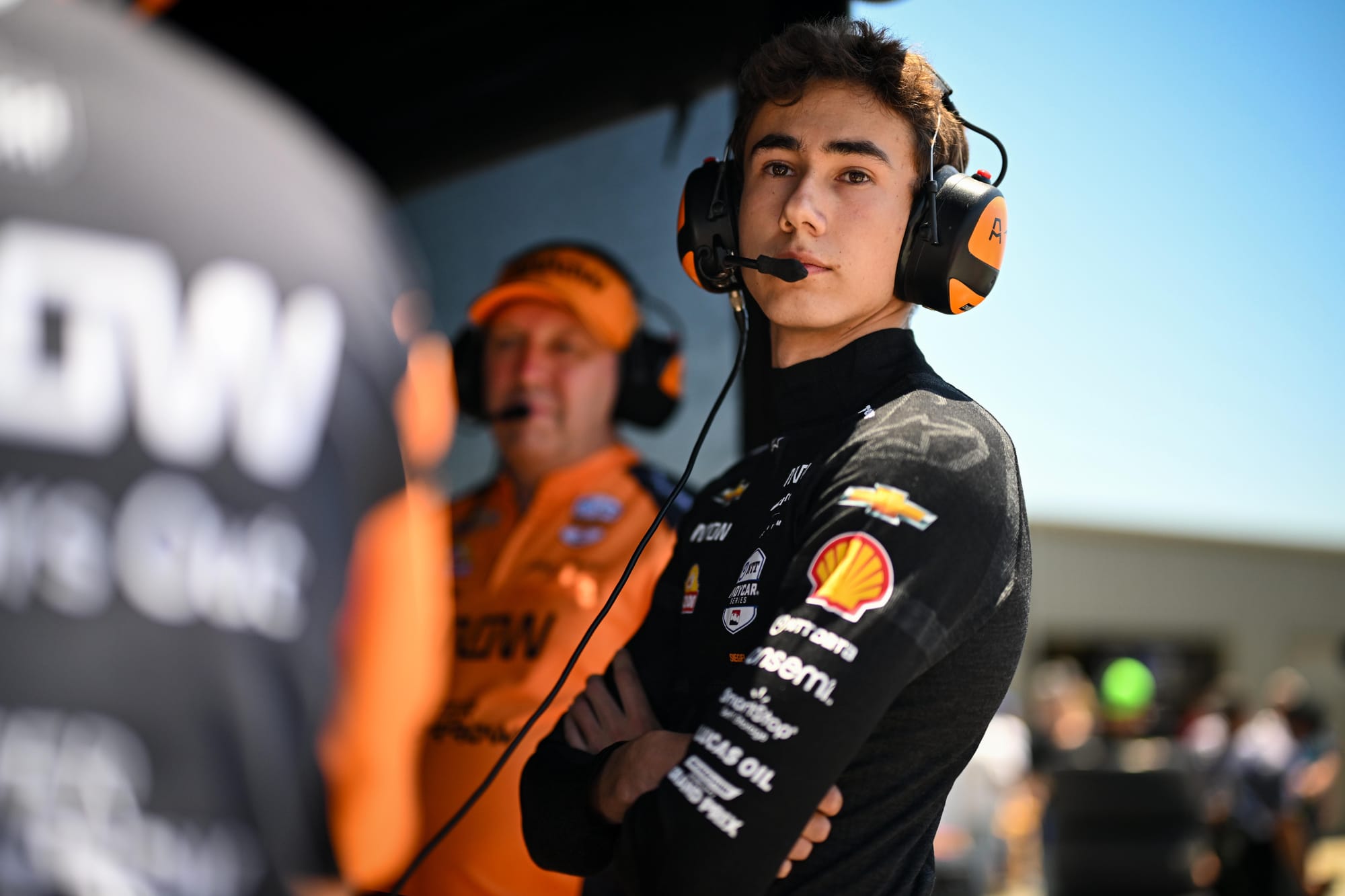
That said, McLaren seemed happy to sign Pourchaire for the rest of the year and not try too hard to extract proven talent Ilott from his World Endurance Championship deal to take over, so Pourchaire can't have been too unimpressive behind the scenes either.
It’s not really fair to judge Siegel by the standards of an F2 champion. But it’s also wise to back one when the other option hasn’t won a major championship and is only a year younger.
Time will tell with how this move plays out but, on the face of it, it wasn’t as exciting as the 12th-place finish suggests.
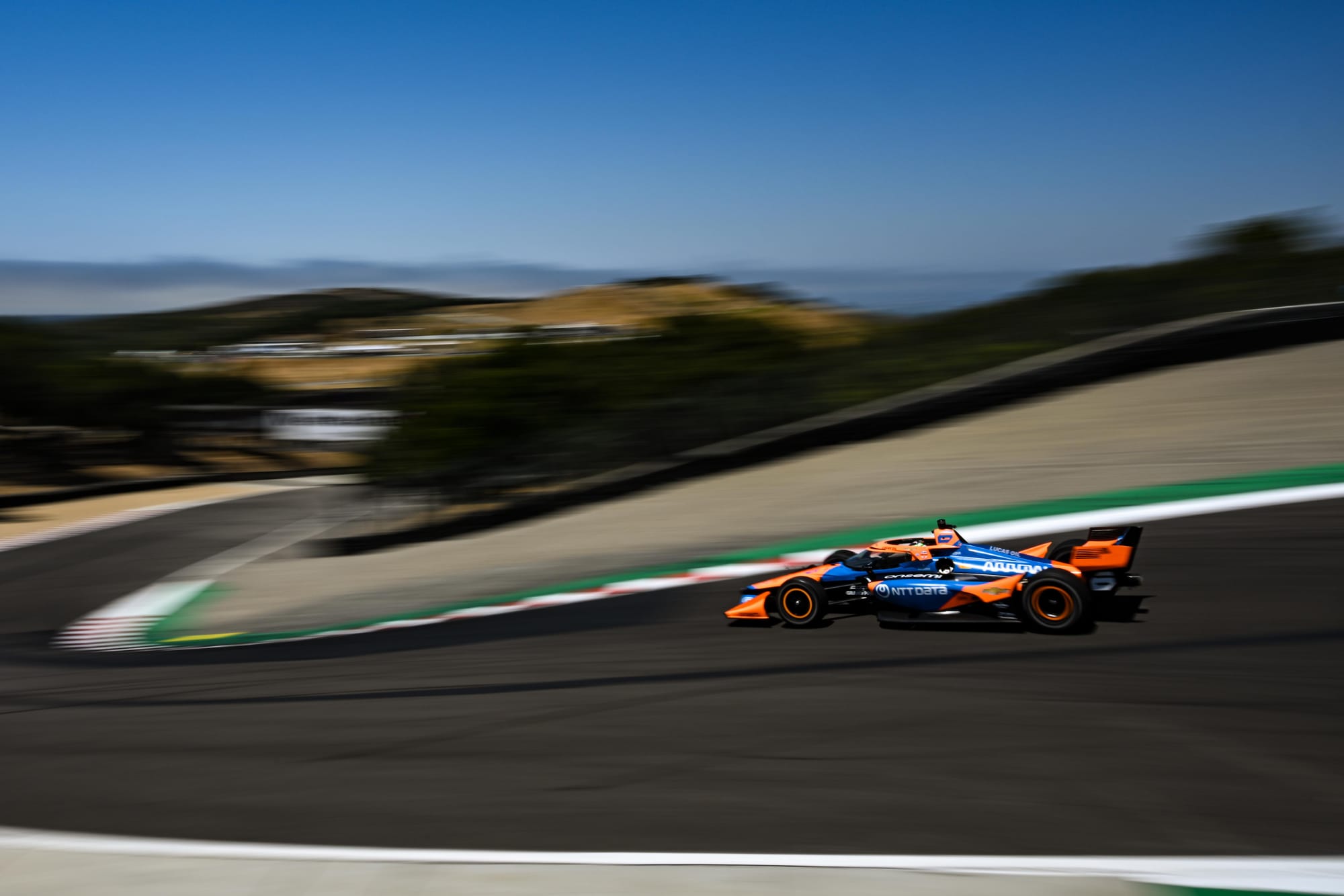
You can give him the benefit of the doubt as this was his first race since he failed to qualify for the Indianapolis 500 and his first with a new team, but in more ‘traditional’ races he’ll need to improve to warrant his place.
Thinking about previous Indy NXT drivers making the leap up, Christian Rasmussen was extremely flashy at the Indy 500 and Linus Lundqvist did enough in three races to convince Ganassi he was worth a seat last year. He's backed up that faith with a podium and a pole even if much of his year has been tricky.
Ultimately Siegel will and should get more time to impress. But he'll get less patience as time wears on given the situation surrounding his signing and the drivers McLaren passed up and released to get him.


